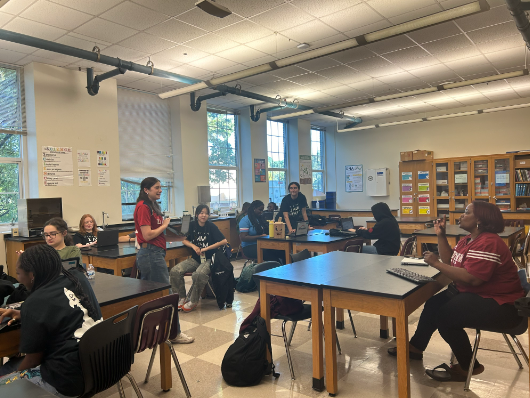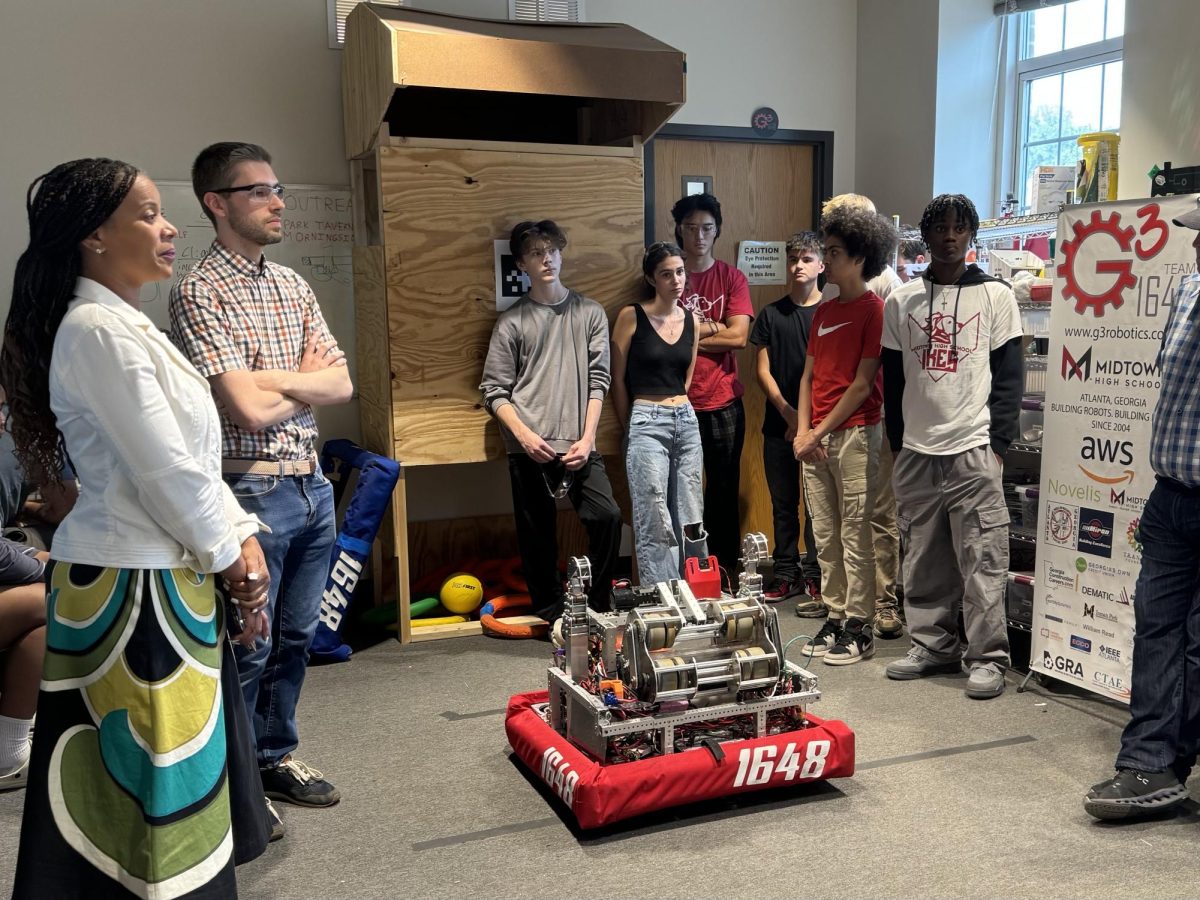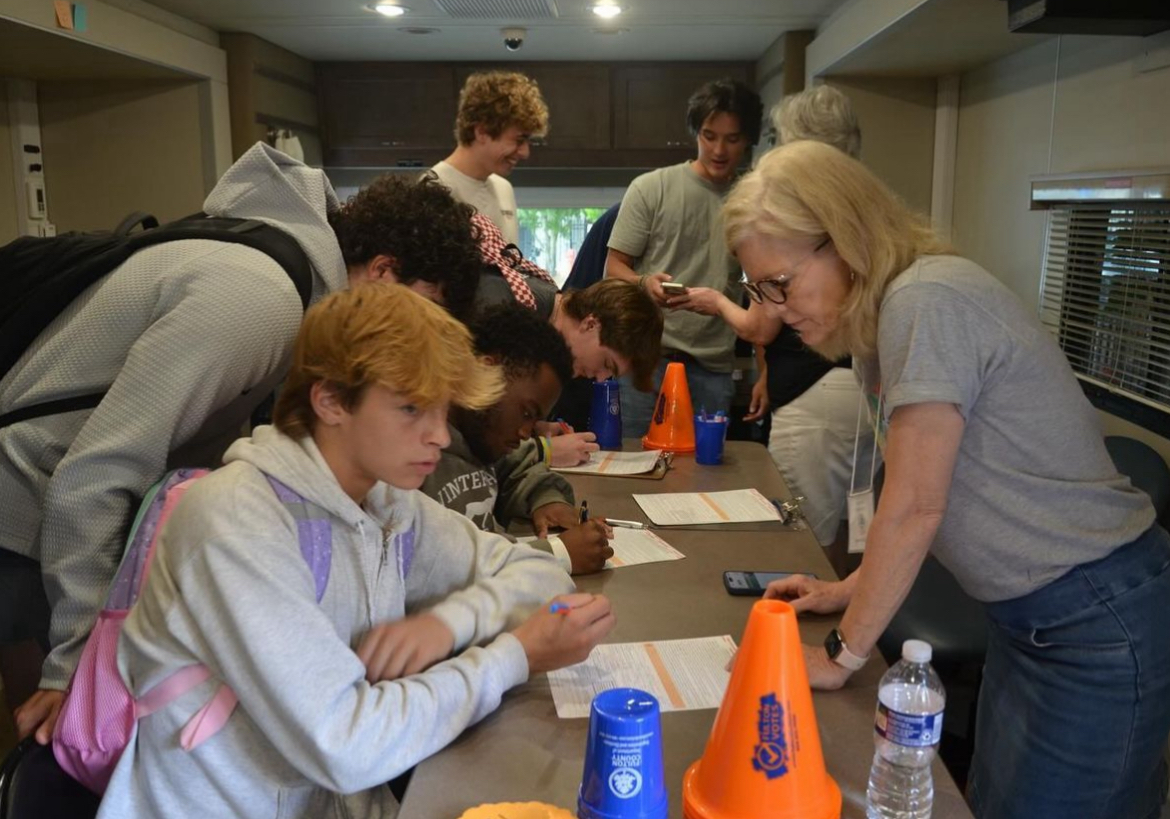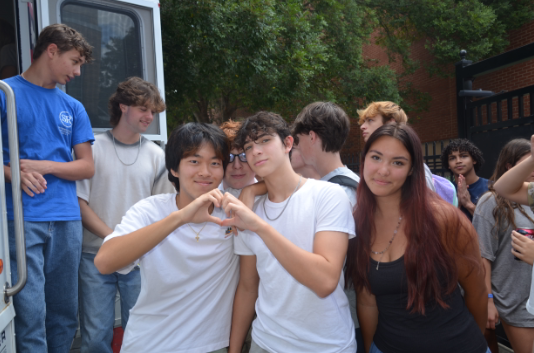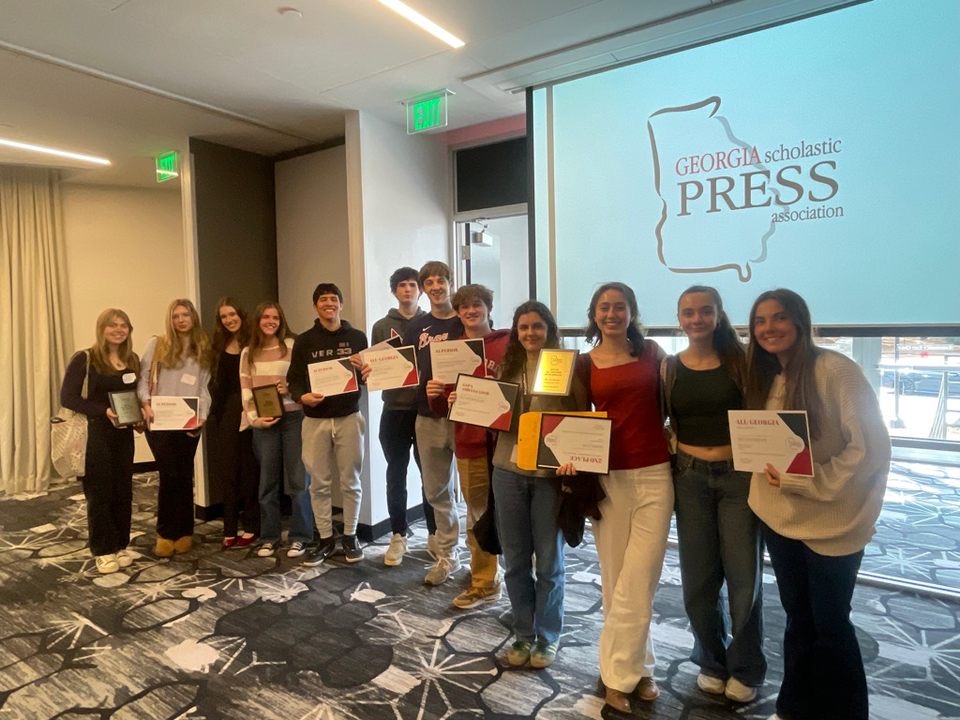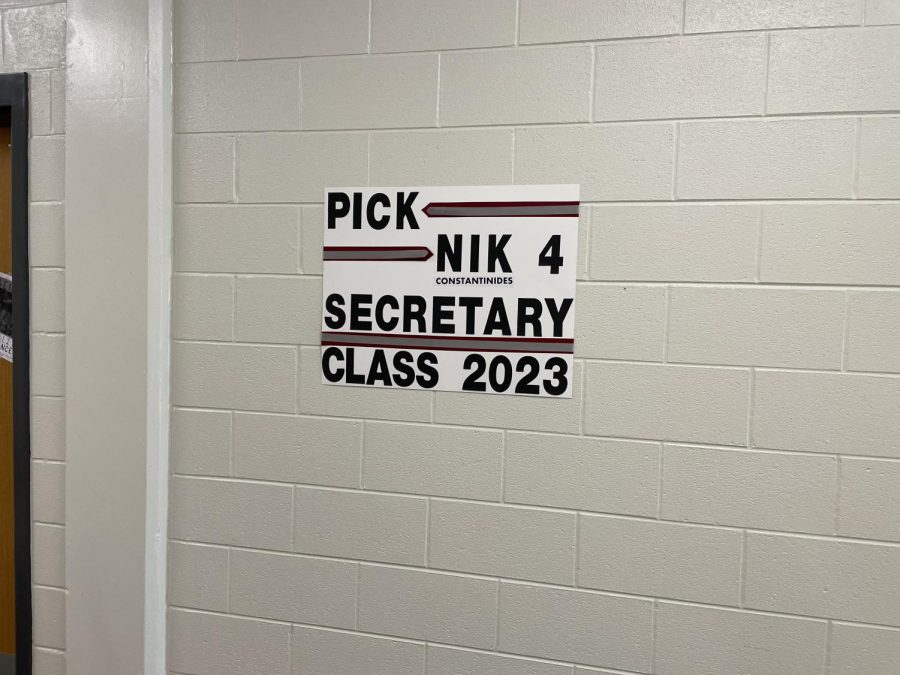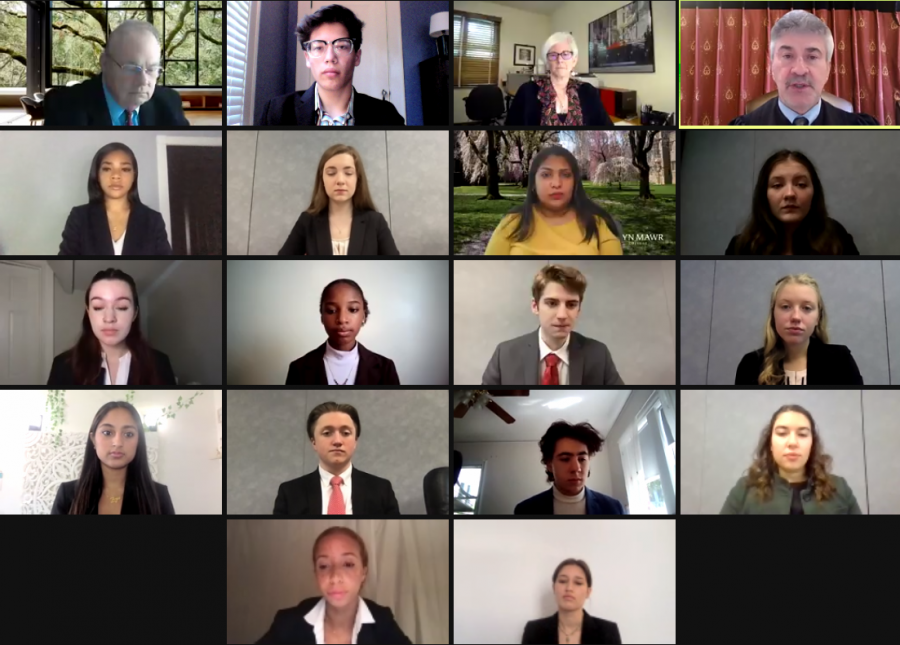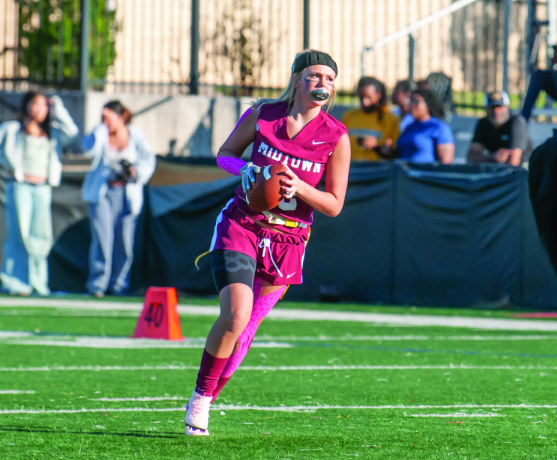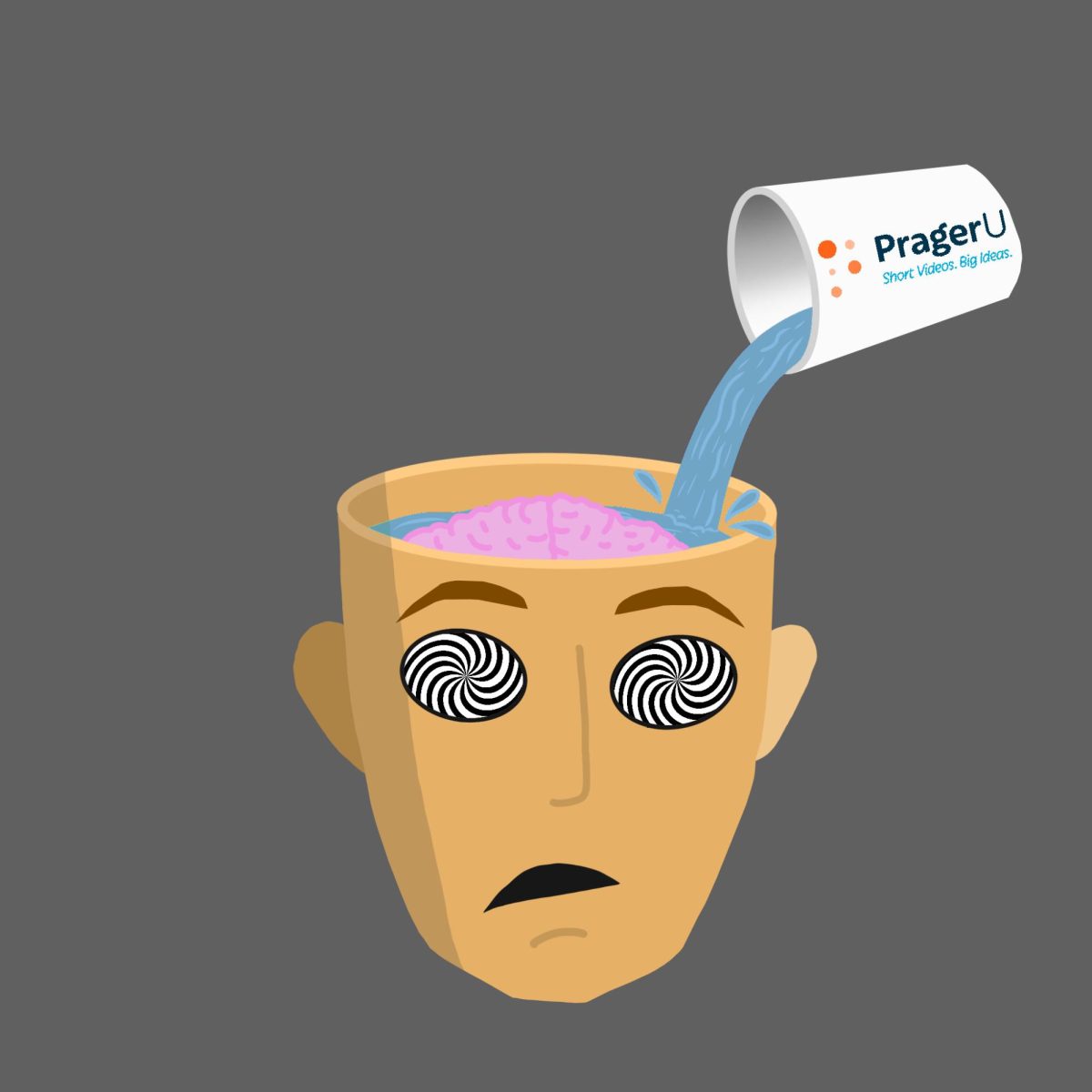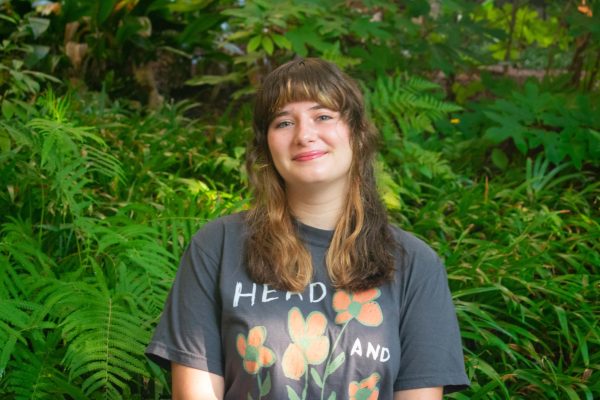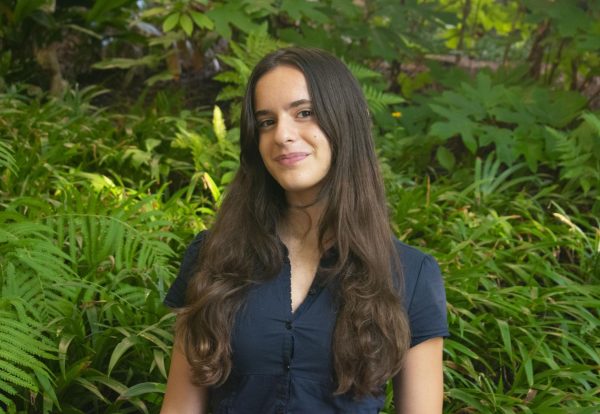STEAM (Science, Technology, Engineering, Art and Math) is a learning approach that intertwines different subjects and learning styles. Midtown’s STEAM team is composed of teachers and students who help promote STEAM learning all throughout the school.
“Generally, we’re planning and managing STEAM-related events at our and other schools, such as cluster days or the STEAM carnival,” senior club member Ella Sagarin said. “A lot of time is put into finding organizations to partner with, creating presentations and activities, that sort of thing. We also do a lot of volunteer work around the school, like putting up posters and helping decorate for events.”
Students focus on community service projects and on incorporating STEAM into peers’ everyday lives through local outreach. Peyton Williams, geometry teacher and STEAM team member, believes STEAM exposes students to different kinds of thinking and learning.
“We are a STEAM school; so, it really is integrated within the classrooms,” Williams said. “Most of our recruitment is from the student body, and making sure teachers are including it in their classes, but it really is all throughout [the school].”
Midtown’s program coach Stacey Tanner says that STEAM-centered learning is an interdisciplinary approach that encourages students to stimulate a different kind of learning and thinking. This kind of learning has a different way of educating than traditional classrooms, through emphasized hands-on experiences rather than simple memorization.
“Collaboration is a very important aspect; problem-based learning is important because these are life skills that students can take with them to the workplace, or college, or both,” WIlliams said. “People who are looking for employees need people who can collaborate well with others, who can think outside the box and solve problems, so, the STEAM design is to generate more of that progressive thinking.”
STEAM is a growing field and Tanner believes there is an increased importance for STEAM integration into schools.
“STEAM-focused careers are evolving more and more daily,” Tanner said. “Most importantly, STEAM helps students to see the connection between all content areas.”
The STEAM club has recently gained more attention and members, allowing for continued growth.
“The past two years the membership was low,” Tanner said. “However, this year there has been a surge of interest. Additionally, veteran members are encouraged to recruit their friends so that they will have a buddy to help them feel more comfortable.”
Tanner strives to ensure students know STEAM is for everyone, and tries to involve a wide range of genders, grades, ethnicities, cultures and socioeconomic groups.
“When we do the STEAM events, we typically go to areas that are low income, and try to help with giving exposure to those students,” senior club member, Anna Rapposellii said. “Ms. Tanner is really great at talking to people around her about diversity, and she really knows how to target those people.”
The STEAM club aims to create an inclusive environment. While the club is open and welcomes anyone no matter their backgrounds, it is female dominated, with the majority being white juniors and seniors.
“As a Black woman trying to do STEAM, I definitely do feel supported in the club, but there is a white majority,” sophomore club member Aria Shaw said.
Diversity in STEAM allows more people to gain the skills and exposure to new ideas.. When a diverse group of people come together, they can all contribute their own unique ideas and solutions to problems that others may not have thought of.
“I think a wide range of perspectives is included in the STEAM team, mainly through the way the club functions,” Sagarin said. “Everyone is involved when we discuss new ideas or plan activities, and anyone can chime in with their own thoughts or opinions. [Club members] represent another way people can represent themselves in what we do.”
Saragin said STEAM can help students grow. She said it helped improve her confidence, ability to communicate with others..
“I think being in STEAM has helped me get better mainly at communicating,” Sagarin said. “There are so many moving parts, a lot of the time, you have to figure out how to speak to people on their level. Different people are receptive to different approaches, and I’ve gotten a lot better about trying to find avenues that work best.”

